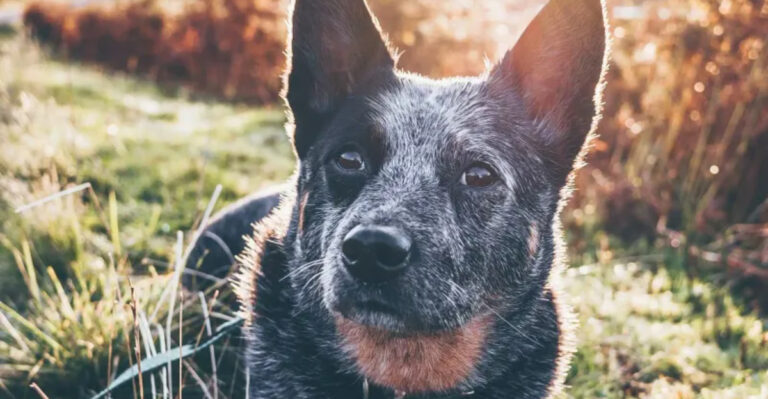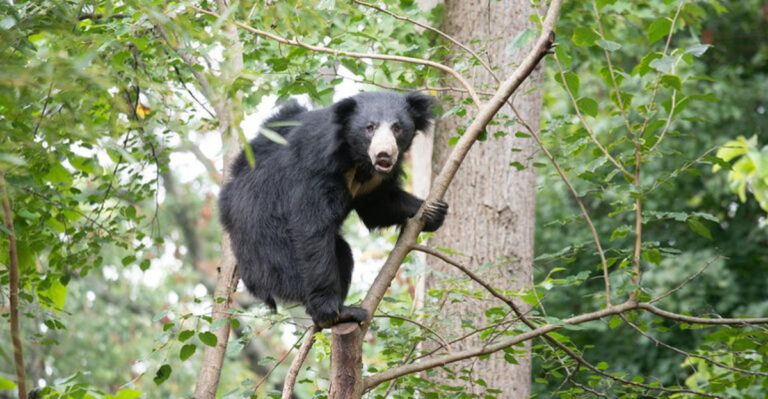Top 10 Animals And Wildlife In Texas
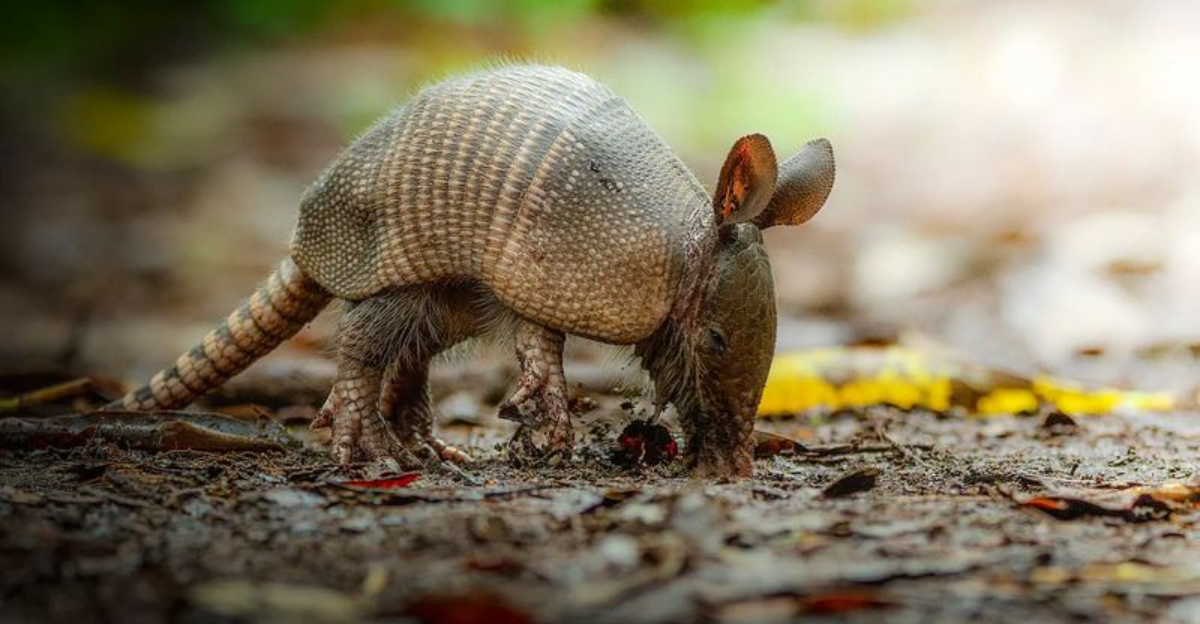
Texas, a vast and diverse state, is home to an incredible array of wildlife. From its arid deserts to lush forests, Texas offers a unique habitat for a broad spectrum of animals.
These creatures contribute significantly to the state’s biodiversity, making Texas a fascinating destination for nature enthusiasts. Let’s explore some of the remarkable animals and wildlife you can find in this region.
1. Bobcat
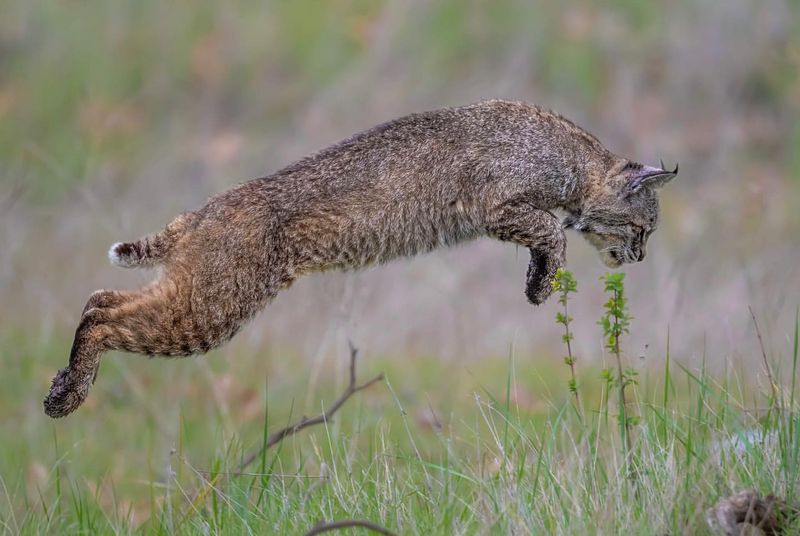
In the heart of Texas, the elusive bobcat roams freely across various landscapes. These medium-sized felines are known for their keen senses and adaptability. Often found in scrublands and forests, bobcats rely on stealth to hunt small mammals and birds.
Their ability to blend into their surroundings makes them excellent predators, avoiding human contact whenever possible. They are mostly nocturnal, preferring the quiet of the night to stalk their prey. During the day, bobcats rest in hidden dens, which could be rock formations or hollow trees.
Despite being solitary creatures, their presence is vital in controlling the rodent population, maintaining ecological balance.
Bobcats exhibit remarkable resilience, capable of thriving in both rural and suburban environments. This adaptability often brings them close to urban areas, where they occasionally wander into backyards. Appreciating these creatures from a distance is crucial to ensuring their safety and conservation.
2. Nine-Banded Armadillo
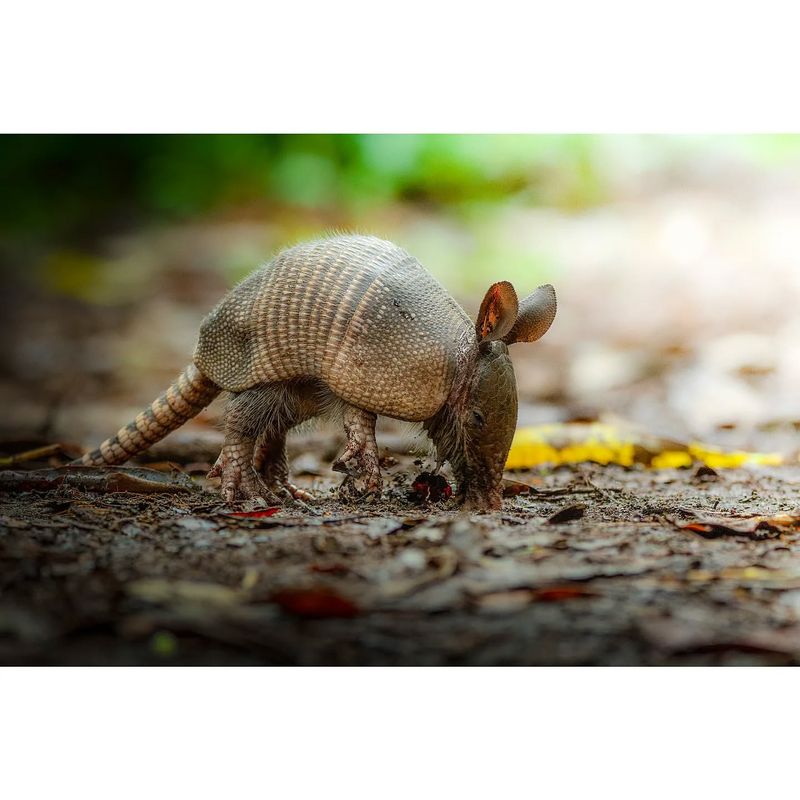
Renowned for its distinctive armor, the nine-banded armadillo is a frequent sight in Texas. This peculiar mammal is fascinating not only for its protective shell but also for its unique behavior.
Often seen scurrying across roads and fields, armadillos are solitary creatures, mostly active during the twilight hours. They are expert diggers, using their strong claws to burrow for insects and grubs. These burrows provide shelter and a cool refuge from the Texan sun.
Their diet mainly consists of insects, making them beneficial for controlling pest populations. Armadillos have a quirky trait—they can hold their breath underwater for several minutes, allowing them to cross streams by walking on the bottom.
Despite their tough exterior, they are vulnerable to traffic hazards and habitat loss. Preservation efforts are essential to protect these unique creatures and their role in the ecosystem.
3. White-Tailed Deer
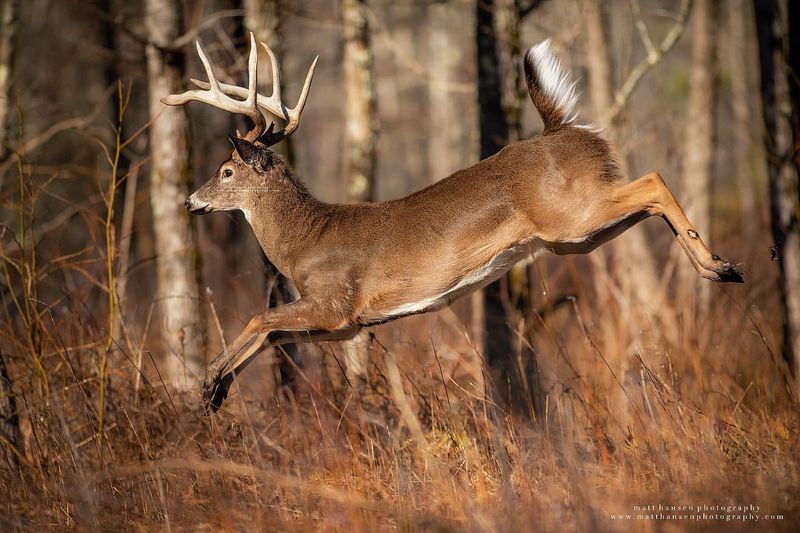
A symbol of the Texas wilderness, the white-tailed deer captivates with its grace and agility. Widely distributed across the state, these deer are adaptable, thriving in various habitats from woodlands to grasslands.
Their diet consists mainly of shrubs and grasses, which they expertly forage. During the rutting season, bucks engage in dramatic displays to win mates, often clashing antlers in a spectacle of strength.
White-tailed deer are known for their distinctive tail, which they raise as a warning signal when sensing danger. These creatures play a crucial role in their ecosystem by influencing plant growth and providing prey for predators.
Yet, their populations must be managed to prevent overgrazing. Conservation efforts focus on maintaining a balanced ecosystem, ensuring that deer continue to grace the landscape without causing ecological strain.
4. Mexican Free-Tailed Bat
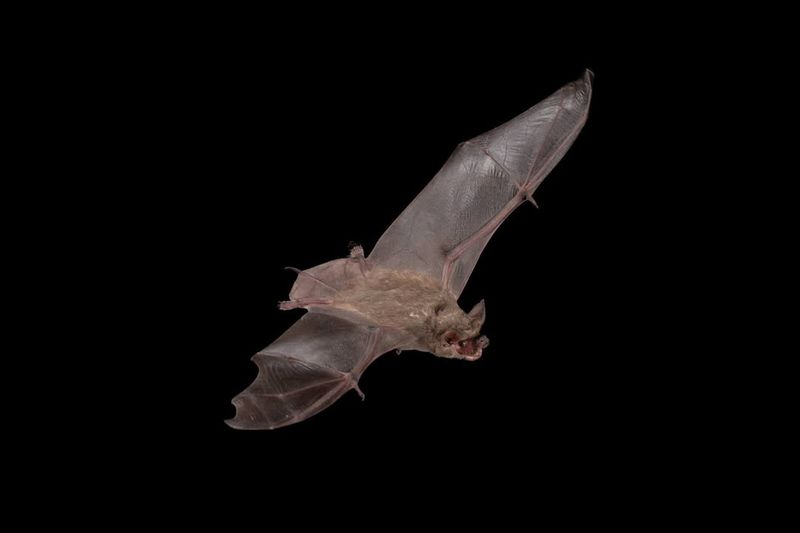
Texas is home to the largest colony of Mexican free-tailed bats, a mesmerizing sight for visitors. These bats inhabit caves, particularly in central Texas, emerging in spectacular numbers at dusk to hunt for insects.
Their nightly emergence is a natural wonder, drawing enthusiasts from far and wide. Equipped with keen echolocation abilities, these bats can navigate and hunt with incredible precision. Their diet mainly includes moths and beetles, contributing significantly to pest control.
The economic benefits of their insect consumption help in agricultural practices. During migration, these bats travel long distances, showcasing an extraordinary endurance.
They play a vital ecological role by pollinating plants and dispersing seeds, highlighting the importance of their conservation. Protecting their habitats ensures the continued marvel of watching these bats in flight and preserving their crucial role in the ecosystem.
5. American Alligator
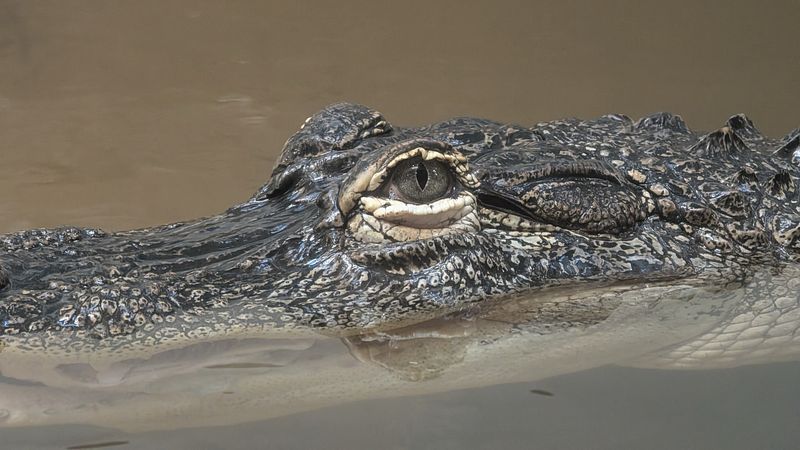
In the southeastern wetlands of Texas, the American alligator reigns supreme. This formidable reptile is a key predator, maintaining the balance of its aquatic ecosystem. With their powerful jaws and muscular tails, alligators are expert hunters, preying on fish, birds, and mammals.
Alligators are often seen basking in the sun, a behavior essential for regulating their body temperature. During the breeding season, males bellow loudly to attract females, creating a symphony of roars across the swamp.
Their nests are crafted from vegetation, where the temperature determines the sex of the hatchlings. Conservation efforts have helped populations recover after previous declines, emphasizing habitat protection. Observing these creatures from a safe distance allows for a greater appreciation of their role in Texas’s rich biodiversity.
6. Coyote
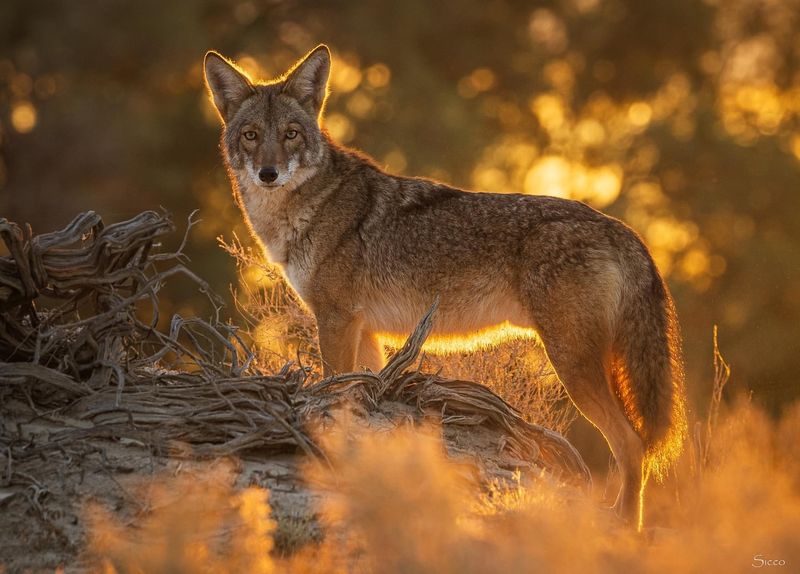
Adaptable and cunning, the coyote thrives in the diverse landscapes of Texas. From deserts to suburban areas, these intelligent canines have learned to coexist with humans. Their diet is varied, consisting of rodents, fruits, and occasionally livestock, showcasing their opportunistic nature.
Coyotes communicate through a distinctive range of vocalizations. Their eerie howls are often heard at night, echoing across the plains.
These calls play a role in social bonding and territory establishment. Despite being viewed as a nuisance by some, coyotes are crucial for controlling small mammal populations.
They demonstrate incredible survival skills, adjusting to environmental changes with ease. Educating communities on cohabitation strategies helps reduce human-wildlife conflict, ensuring coyotes continue to thrive as an integral part of Texas’s wildlife.
7. Red-Eared Slider Turtle
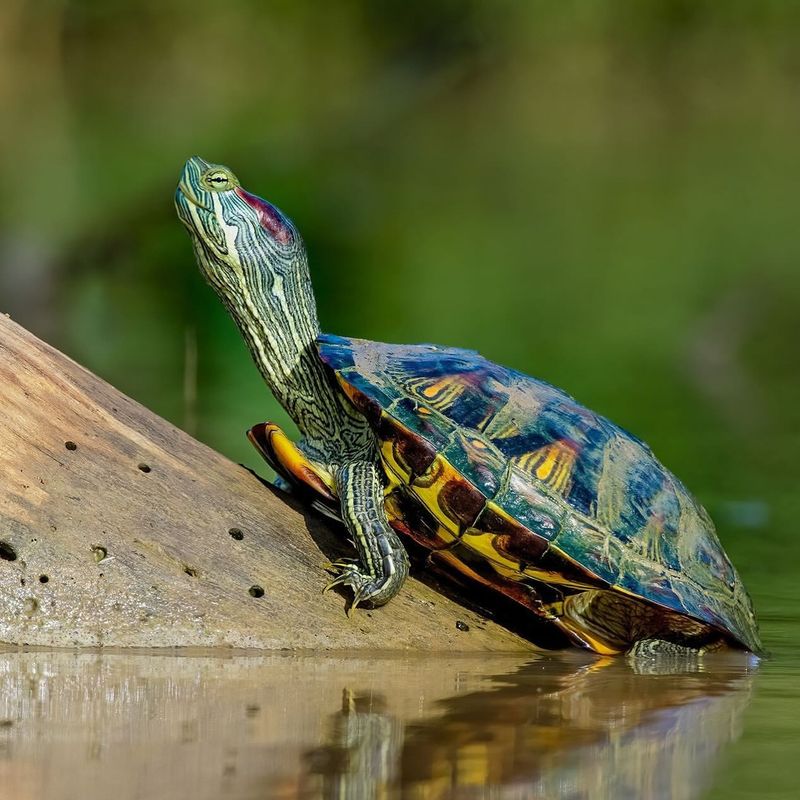
The red-eared slider turtle is a common sight in Texas’s ponds and lakes. Recognizable by the red stripe behind its eyes, this turtle is a favorite among wildlife enthusiasts. These turtles are diurnal, spending their days basking in the sun and their nights in the water.
They feed on a variety of aquatic plants and small animals, maintaining a balanced ecosystem. Red-eared sliders are excellent swimmers, using their webbed feet to navigate their watery homes with ease.
Despite their popularity in the pet trade, releasing pet turtles into the wild can disrupt local ecosystems. Conservation messages emphasize responsible pet ownership to protect native populations.
Their presence in the wild is a testament to the health of aquatic environments in Texas, encouraging efforts to preserve these habitats.
8. Monarch Butterfly
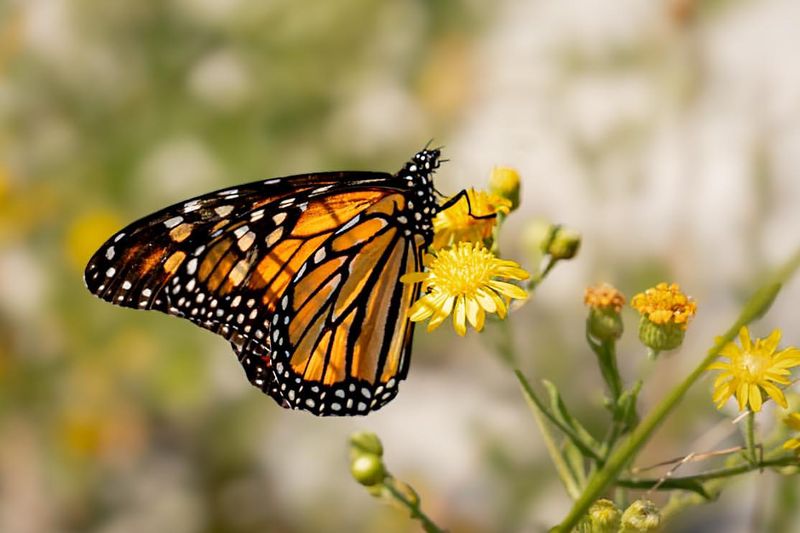
The monarch butterfly, with its striking orange and black wings, is a seasonal visitor to Texas. Known for their incredible migration journey, monarchs travel thousands of miles from Canada to Mexico, passing through Texas during their route.
Their lifecycle is closely tied to milkweed plants, where they lay eggs and on which caterpillars feed. The presence of these plants is crucial for their survival, making habitat conservation essential. Monarchs serve as important pollinators, contributing to the health of various ecosystems.
Their migration is a natural spectacle, symbolizing endurance and transformation. Conservation efforts focus on planting milkweed and protecting migration corridors to ensure future generations of these butterflies can complete their epic journeys.
9. Pronghorn Antelope
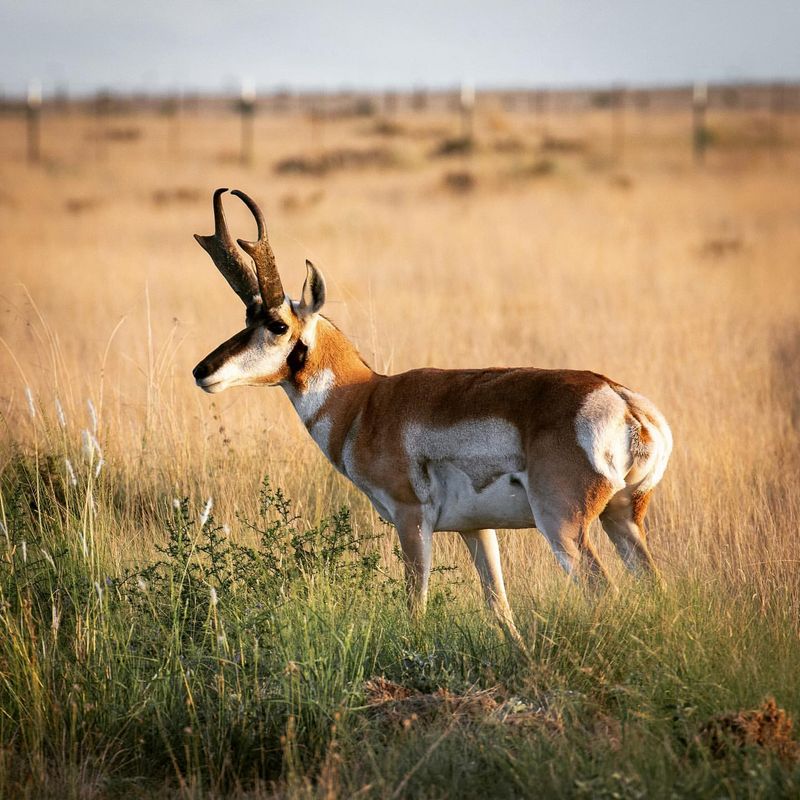
A rare sight in Texas, the pronghorn antelope is known for its incredible speed and endurance. Found mainly in the grasslands of West Texas, these remarkable animals are the fastest land mammals in North America, capable of reaching speeds up to 60 mph.
Their keen eyesight and speed help them evade predators, contributing to their survival in the wild. Pronghorns graze on a diet of grasses and shrubs, playing a role in shaping the vegetation of their habitat.
Conservation efforts are critical to maintaining their populations, as habitat loss poses a significant threat. Initiatives focus on land management practices that support sustainable grazing and protect migration paths. Observing these animals in their natural setting offers invaluable insights into the delicate balance of Texas’s ecosystems.
10. Rattlesnake
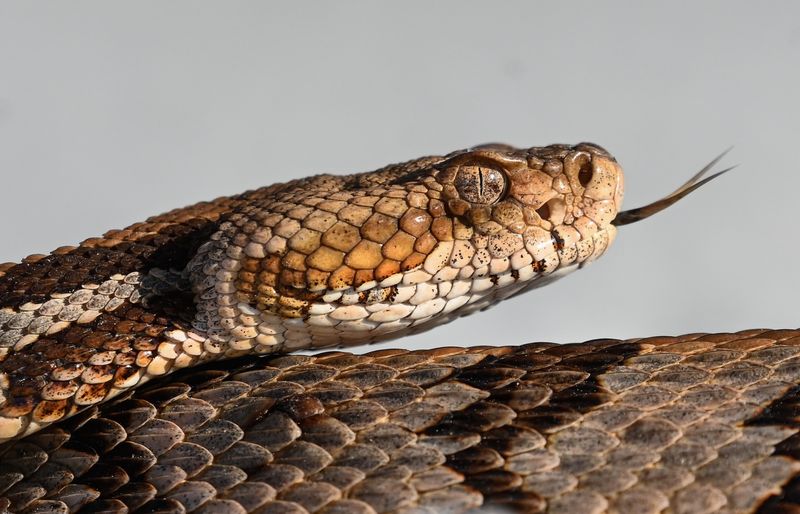
Rattlesnakes are iconic residents of Texas’s deserts and prairie lands. Known for their distinctive rattle, these snakes use it as a warning signal to deter threats. Their venomous bite is primarily for hunting prey, such as rodents and birds, which they ambush with precision.
These snakes are adept at regulating their body temperature, often seen basking in the sun or seeking shade to cool down. Their role as predators helps control the populations of small mammals, maintaining ecological balance.
While encounters can be dangerous, rattlesnakes prefer to avoid humans. Awareness and education about safe practices in snake habitats are vital in reducing negative interactions. Conservation efforts focus on preserving their natural environments, ensuring that these fascinating reptiles continue to thrive in Texas’s diverse ecosystems.

